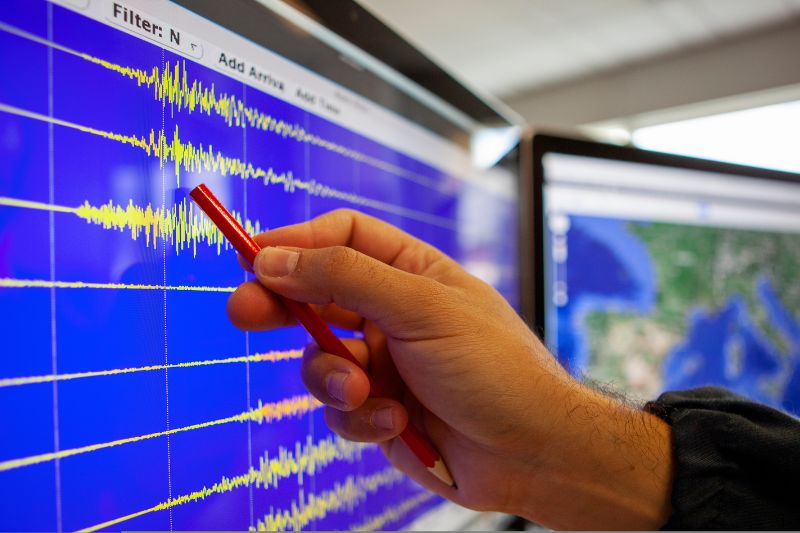Short-term seismic hazard: meeting with INGV and regions
Joint work to test, on an experimental basis, how this tool could serve for civil protection purposes kicks off

A joint work to define the procedures for a possible use and for civil protection purposes, on an experimental basis, of the research products on short-term seismic hazard currently available, starts today, after a meeting organized by the Civil Protection Department with the National Institute of Geophysics and Volcanology (INGV), the Regions and the Autonomous Provinces.
Short-term seismic hazard research is a path of research that in Italy began in 2009, with the appointment of the International Commission on Earthquake Forecasting for Civil Protection composed of geologists and geophysicists from China, France, Germany, Greece, Italy, Japan, Russia, the United Kingdom and the United States, chaired by Thomas H. Jordan, then director of the Southern California Earthquake Centre and professor of Earth Sciences at the University of Southern California.
The Commission, wrote at the conclusion of its work, that it had "identified several interrelated activities that could improve the scientific basis and reliability of operational probabilistic earthquake predictions" with the aim of "using probabilistic forecasting techniques under study at present, for civil protection purposes."
In particular, it highlighted how "the development of any new operational protocol requires development in three phases": a research phase, a model evaluation phase, and an implementation phase for civil protection purposes.
Over the years, INGV, thanks in part to dedicated funding from the Department of Civil Protection, has been working, and continues to work, to obtain probabilistic short-term seismic hazard models. Scientific research in other countries exposed to seismic risk, such as Israel, the United States, and New Zealand, has also followed this strand during the same period. In fact, with the actual knowledge, earthquakes cannot be predicted in the key of exact location, time and magnitude, but it is possible to estimate how the probability of their occurrence in a certain area changes.
INGV worked to create the architecture of the tool "Operational earthquake forecasting-OEF" to process real-time data, implement the models accepted by the scientific community, tested and validated, propose a new synthesis model, create databases of the results obtained, and submit the results to the scientific community.
These years of work also led to the discussion of the results in several meetings of the Commissione Grandi Rischi that, last September, assessed that there are the conditions to work, within the civil protection system on a protocol for the assessment of short-term hazard, also based on the forecasts provided by the OEF platform.
Following the research and the assessment phases involved in the scientific community over the past few years, the path of comparison and implementation that has now begun with the Regions and Autonomous Provinces has the aim of verifying, on an experimental basis, the use that this tool could have for civil protection activities, together with other cognitive elements already in use as part of the system, such as seismic history, seismotectonic structure, seismic microzonation and expected damage scenarios.